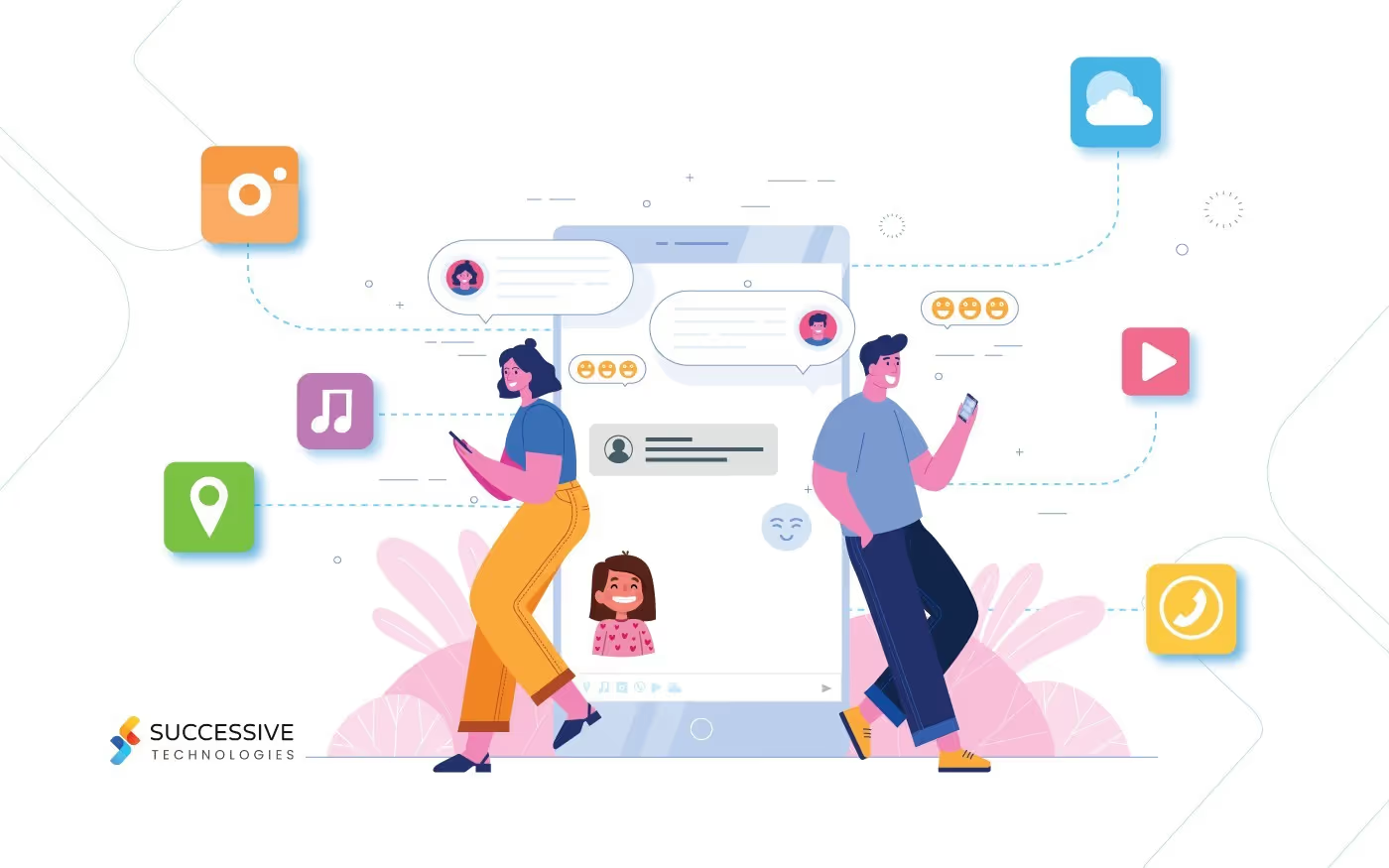The Promising Successor to SMS.
Rich Communication Services Messaging, or RCS Messaging, is a protocol that is designed to enhance and succeed what we know today as SMS or Short Message Service. As a protocol between phone manufacturers and mobile operators, the goal is to eventually replace SMS and MMS so users can have a more enhanced texting experience designed by the best UI UX design services.
First formed in 2007, the GSM Association (GSMA) took over RCS, and in 2016, the members of GSMA, which are several mobile operators across the globe, agreed on a Universal Profile. This was a set of standards that every mobile operator, phone manufacturer, and software providers can follow to help implement rich communication services messaging on mobile devices.
What is the need for RCS messaging?
Despite its shortcomings compared to popular messaging apps like Messenger and WhatsApp, SMS is still very popular today. Many users, both individuals, and businesses continue to use it even though it lacks features like group messaging features, read receipts, and fun, animated stickers.
Text messages can only be 160 characters in length and not a character more, which means that you have to keep them short and concise. On top of this, if you don’t have a mobile signal, or if you are on roaming, you cannot send a text message since the service depends on a cellular connection.
Ever since SMS was first proposed in 1982 and developed in the 90s, they haven’t been improved much since today. Especially when you compare them to advanced and user-friendly messaging apps today that support all kinds of features, SMS seem to be a thing of the past. Yet, it remains the most commonly used feature on a smartphone since 97 percent of smartphone users still communicate using text messages.
This is where Rich Communication Services messaging comes in. It combines all the best features of popular messaging apps today such as Facebook Messenger, WhatsApp, and iMessage to give users a platform that will be the successor of SMS.
As a result of the work of top UX design firms, RCS will look very similar to iMessage and other popular messaging platforms we use today. It is more interactive than SMS, allowing users to form group chats, send high-resolution images, as well as audio and video messages. It will also have features like reading receipts and will show you in real-time when someone is replying to your message.
RCS messaging is championed heavily by the GSMA, as well as the biggest names in tech such as Google and Android, Samsung, along with many other mobile phone manufacturers and carriers.
.avif)









.jpg)









